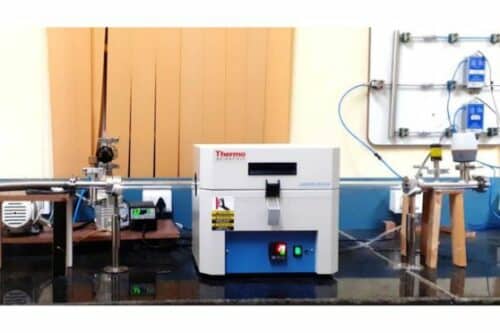The developed Gallium Oxide Semiconductor shows promise for improved performance in electric vehicles and high-voltage applications.

In a groundbreaking advancement in semiconductor technology, a team led by Dr Ankush Bag from the Indian Institute of Technology Guwahati, in collaboration with IIT Mandi and the Institute of Sensor and Actuator Systems at Technical University Wien, has unveiled a cost-effective method for producing a semiconductor material. This development is poised to revolutionize power electronics across various high-power applications, including electric vehicles, high-voltage transmission systems, traction, and industrial automation, by enabling devices to operate efficiently at extreme temperatures, up to 200 ºC.
The crux of this innovation lies in the synthesis of an ultrawide bandgap semiconducting material known as gallium oxide. The researchers employed a specialized low-pressure chemical vapor deposition (LPCVD) system, designed to cultivate this material economically. Dr. Bag emphasized the critical role of power semiconductor devices, which act as efficient switches in power electronic systems, conditioning power from the grid for end-user applications. The quest for materials capable of supporting emerging high-power applications has led to the exploration of gallium oxide, distinguished by its ultra-wide bandgap, as a superior alternative to existing materials like Gallium Nitride (GaN) and Silicon Carbide (SiC), which, despite their benefits, face limitations in cost and performance for high-power contexts.
A key breakthrough of this research was the successful development of thin, smooth films of gallium oxide, enhanced with tin to augment its conductivity. This achievement culminated in the fabrication of high-quality two-terminal devices, marking a significant stride towards more efficient power electronics. A notable aspect of Dr. Bag’s approach was the innovative use of a sapphire substrate for gallium oxide thin films, diverging from the traditional reliance on gallium oxide substrates. This method not only reduces costs but also improves thermal performance, addressing the challenges associated with the high expense and poor thermal conductivity of conventional substrates. The researchers mentioned that the findings signify a promising leap forward in enhancing the efficiency and functionality of power electronic systems for a wide array of applications, setting a new benchmark in the field.






